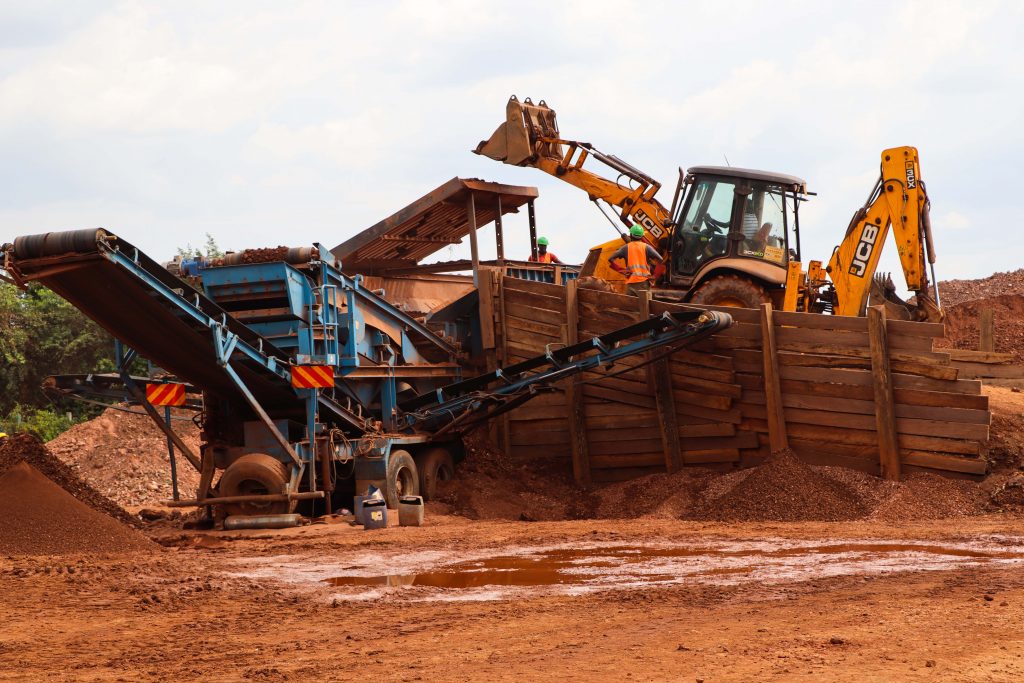Artisanal and small-scale mining is a crucial source of livelihood for millions of people in Africa. Artisanal and small-scale mining is a chief source of income in most rural communities in Africa due to the lack of other viable economic opportunities. Statistical evidence indicates that men are active participants in the mining sector and comprise of a larger percentage at 60% in comparison to their female counterparts at about 30%. In addition to that, most of the benefits accrued from ASM are often attributed to the men. These benefits include better working opportunities, higher income and, better access to land resources. However, men face multiple challenges as they venture into ASM and these have negative impacts on their participation and overall productivity

Challenges Men Face In Asm
To better understand the minerals used in the smartphone, we shall categorize the three segments of smartphones as follows: the display section, electronics and circuitry and the battery
- Lack of Access to Capital
Mining is expensive. This poses the challenge of raising adequate capital to invest in large scale and top-notch equipment necessary to undertake mining practices. The areas where artisanal and small-scale mining activities take place are often located in rural areas and are low income as well. Often, it is the miners who discover mineralized areas but due to inadequate access to financial services, their exploration of these potential areas and equipment purchase is limited. The limitations are further worsened by little to no investments made by the governments into the ASM sector. Despite artisanal and small-scale mining being an economically productive sector, it continues to be overlooked. In addition to that, lack of collateral in form of immovable assets such as land and property further aggravates the limitations surrounding men’s attempts to explore the potential benefits of artisanal and small-scale mining. Where individual donors, investors or organizations are concerned, the myth that investing in and financing ASM comes with high level risks continues to put the sector at a greater disadvantage
- Health and Safety Concerns
Men are the ones who take on the responsibility of venturing into the mine shafts because they are considered strong and able bodied. The mining shafts are located deep underground and this poses multiple risks to their overall safety and to their health. Exposure to harmful substances such as mercury leads to long term health effects such as brain damage. Despite this, miners continue to use chemicals such as mercury in extracting mineral elements because there are no other safer alternatives yet. In addition to that, the men are faced with occupational hazards such as inhaling dust and dangerous fumes as well as hearing damage due to loud and frequent noise in the mines. In addition to that, due to the depth of the mines there is increased risk of collapse. Other negative impacts men face as they undertake their roles in mining include the risk of electrocution, explosions and suffering from water borne diseases
- Inadequate Skills Development
Mining is an extensive undertaking and it constantly needs miners to be up to date with new skills because of the intensity of the activities involved including drilling, blasting and the use of explosives among others. Lack of skills can have negative impacts and any mishaps or missteps could be dangerous. Additionally, lack of proper skills impedes the participation and productivity levels of the miners. Attention to detail, precision, problem solving abilities and the know-how on how to respond in emergency situations are critical in the overall running of a mining site
- Lack of Sector-specific Policies
Policy action in ASM is almost non-existent. Most governments are yet to develop sector specific policies that address the needs and concerns in the ASM sector. Lack of policies limits the scope within which miners can operate and constrains their attempts to explore mineralized areas. In addition, lack of policies leaves them vulnerable to harassment by other power players consequently demoralizing their efforts
Redress Measures
- Provide financial literacy programs to the miners to make them more attractive to financial institutions and potential investors. Additionally, government-backed credit schemes and group borrowing should be promoted as an alternate means to acquire loans and financial aid and tax incentives be offered to assist in the purchase of necessary equipment
- Public health promotion among miners where they can be educated on how to protect themselves as they take on their jobs. Free medical camps should be offered regularly and well as medical insurance coverage
- Training services should be offered to promote skills development for the miners in order to enhance effectiveness and efficiency in mining operations. Critical skills such as how miners should respond in emergency situations and precautionary and safety measures
- Policy development and implementation based on a needs assessment approach should be made a priority for the ASM sector in order to curb the challenges the sector is facing
In conclusion, the artisanal and small-scale mining sector presents a new and viable investment frontier. It is pertinent that Africa overcomes the obstacles facing the sector, unlock its potential and begin making advances towards sustainable development


